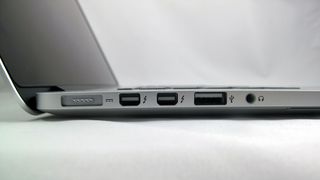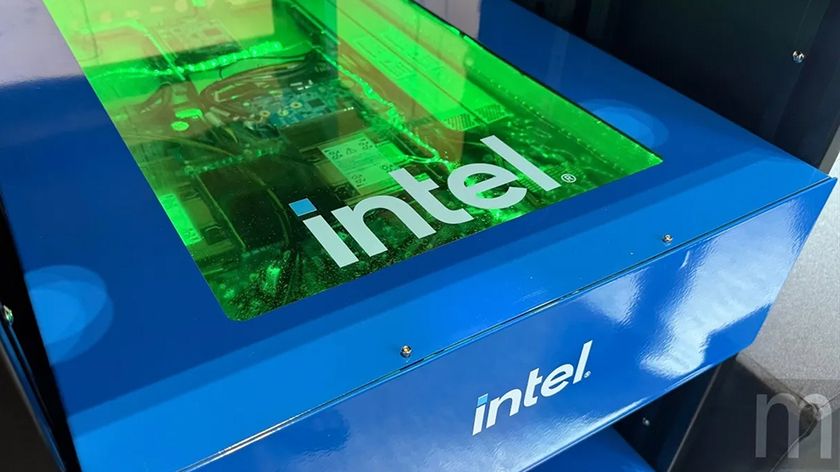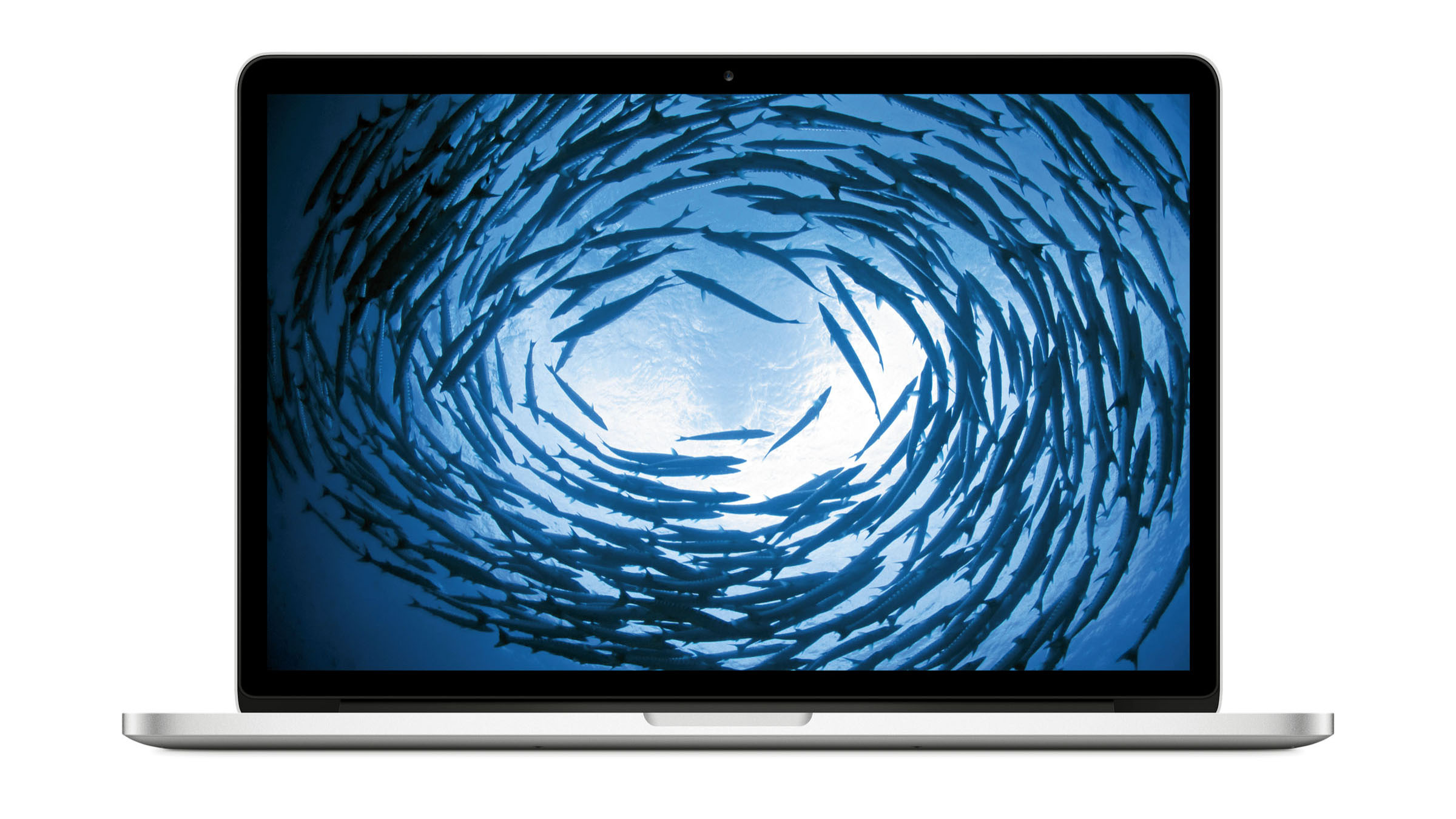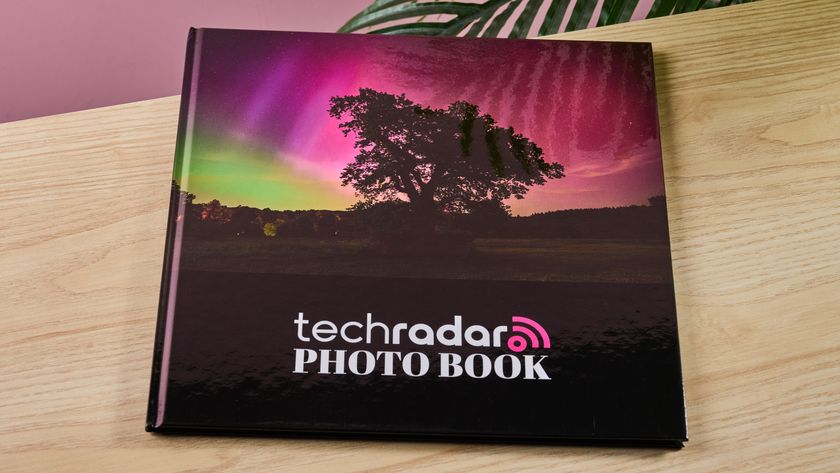Why you can trust TechRadar
The 15-inch MacBook Pro with Retina display reviewed here is the cheaper of the two 15-inch models. It has a 2.0GHz Haswell quad-core Intel Core i7 CPU, which can Turbo Boost at up to 3.2GHz. The more expensive version runs at 2.3GHz, or up to 3.5GHz under Turbo Boost.
If you buy on the Apple Online Store, you can upgrade the processor on this 2.0GHz model to a 2.3GHz or 2.6GHz chip, while the more expensive model can be upgraded to 2.6GHz.
Haswell processors are designed to be very light on power consumption, extending a notebook's battery life. According to Intel, this is achieved by fully integrating the power management system, allowing the chip quicker access to extra power when required and a faster reduction when it isn't. Apple claims the new Haswell 15-inch Retina MacBook Pro can surf the web wirelessly for up to eight hours on a single charge, up from seven hours.

The arrival of OS X 10.9: Mavericks also helps with power consumption. Its App Nap feature, for example, puts applications into a low power mode when all their windows are hidden (minimised or behind other windows), as long as they're not doing something useful like downloading files or playing music. When you bring that app to the fore again, it's instantly back at full speed. It works in Safari tabs too, with tabs you're not currently viewing similarly slowed. Apple claims CPU energy use can be reduced by up to 23% in this way.
Haswell processors also bring better integrated graphics chipsets. The 15-inch models have Iris Pro Graphics. The cheaper of the two models drops the discrete graphics chip entirely, relying solely on the Iris Pro integrated graphics, while the more expensive version augments its graphical power with an Nvidia GeForce GT 750M with 2GB of GDDR5 memory.
Mac notebooks have enjoyed Automatic Graphics Switching for a while now, and this one's no exception; at times of high needs, graphics processing automatically switches to the discrete chip for more power, switching back to the integrated chipset when demand falls, to save battery life.
As before, storage is solid state – 256GB for this model and 512GB for the more expensive version – but Apple has switched to PCIe-based flash storage, giving up to 60% faster read speeds. All the new Retina MacBook Pros – 13-inch and 15-inch models – have the second-generation Thunderbolt 2 ports, its debut on Mac computers. While its bandwidth is the same as the original Thunderbolt format released back in 2011, the original's dual channels are combined into a single 20Gbps channel.

With higher PCIe data rates and DisplayPort 1.2, it's claimed to be the first connection technology that can simultaneously transfer and display uncompressed 4k video. Naturally, this is well beyond the needs of the majority of Mac notebook users, but for video professionals, it's definitely an asset worth having.

5 dramas to watch on Hulu and Disney+ after Good American Family with over 80% on Rotten Tomatoes

ChatGPT-5 is on hold as OpenAI changes plans and releases new o3 and o4-mini models

Intel could be key to Nvidia's future plans for megawatt-class rack servers as it pushes ahead with Superfluid cooling











